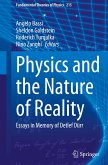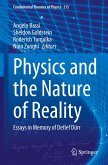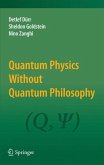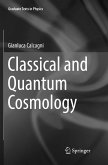This book explains, in simple terms, with a minimum of mathematics, why things can appear to be in two places at the same time, why correlations between simultaneous events occurring far apart cannot be explained by local mechanisms, and why, nevertheless, the quantum theory can be understood in terms of matter in motion. No need to worry, as some people do, whether a cat can be both dead and alive, whether the moon is there when nobody looks at it, or whether quantum systems need an observer to acquire definite properties. The author's inimitable and even humorous style makes the book a pleasure to read while bringing a new clarity to many of the longstanding puzzles of quantum physics.
"This is a clearly written and interesting book. It has been very well researched, containing more than 500 references, and I would thoroughly recommend it to anyone who has an undergraduate knowledge of physics and mathematics and an interest in foundational questions." (Alastair Rae, CERN Courier, cerncourier.com, May, 2017)
"I wish this book had been around already when I was a student. It is a must read for anyone who seriously cares about understanding what our 'most fundamental scientific theories' say about the physical world." (Michael K.-H. Kiessling, Journal of Statistical Physics, Vol. 169, 2017)
"I wish this book had been around already when I was a student. It is a must read for anyone who seriously cares about understanding what our 'most fundamental scientific theories' say about the physical world." (Michael K.-H. Kiessling, Journal of Statistical Physics, Vol. 169, 2017)








